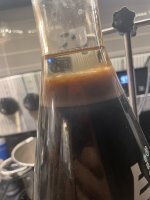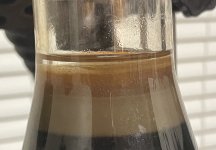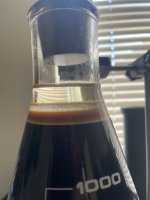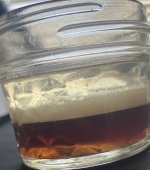NullEntity
If you had no limits, how far would you get
ive done several extractions at this point and one thing that Bothers me and makes my process longer then it has to be is this annoying stuff that forms within my Naphtha. ill show photos, but this stuff bothers me so much, is there a way to avoid this. i would assume some of you must have run in to this and might know some knowledge on this.
i feel like this might be some obvious but it would help big time if someone guided me in the right direction best regards


i feel like this might be some obvious but it would help big time if someone guided me in the right direction best regards




